| Columns Retired Columns & Blogs |
Atlantic Technology System 250 home theater loudspeaker system Measurements
Sidebar: Measurements
Footnote 1: Other than impedance, all measurements were made with the DRA Labs MLSSA system and a calibrated B&K 4006 microphone.
The Atlantic center and left/right speakers have similar B-weighted sensitivities at 88dB/2.83V/m and 90dB/2.83V/m, respectively. This is usefully high for such small loudspeakers, but has been achieved by restricting their low-frequency responses. As shown in the impedance plots of the loudspeakers (figs.1, 2, and 3), the enclosures are tuned to frequencies at the top of the upper-bass range—around 140Hz for the 251LR and 253C, and 108Hz for the 254S. These plots also show that the three speakers seriously depart from the specified 8 ohms. They are, in fact, somewhat demanding loads in that they all dip below 4 ohms at some frequencies. While this shouldn't present high-end amplifiers with problems, those people who have been cautioned against using 4 ohm speakers with their audio/video receivers—in other words, those most likely to buy the Atlantic system—should take care.
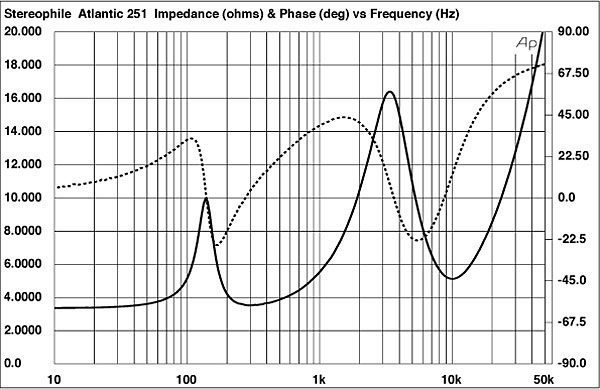
Fig.1 Atlantic 251LR, electrical impedance (solid) and phase (dashed) (2 ohms/vertical div.).
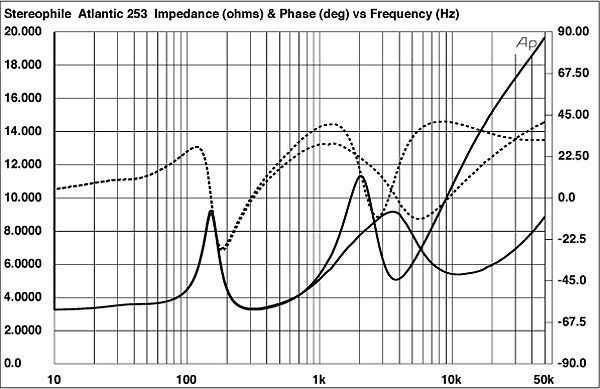
Fig.2 Atlantic 253C, electrical impedance (solid) and phase (dashed) with tone control set to maximum (top trace at 2kHz) and minimum settings (bottom) (2 ohms/vertical div.).
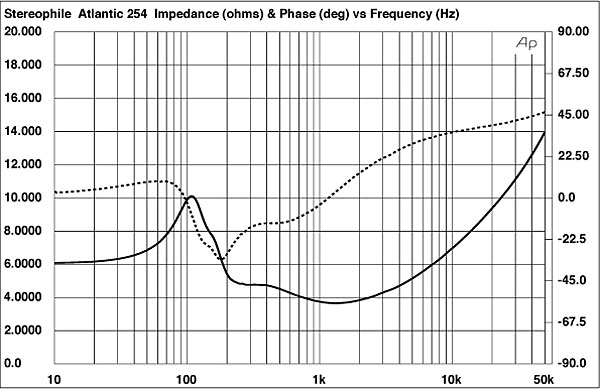
Fig.3 Atlantic 254SR, electrical impedance (solid) and phase (dashed) (2 ohms/vertical div.).
The 251LR's on-axis frequency response is shown in fig.4 (footnote 1). As expected, the bass extension is limited, at 95Hz (–6dB), which will not give an optimal match to the subwoofer set to its 80Hz crossover, even if a THX subwoofer output is not used. The midrange is smooth, but the low treble is marred by a sharp notch in the crossover region between the woofer and the tweeter. A measured aberration like this is often associated with audible nasality—particularly if there's a response peak just below the suckout frequency; but JGH didn't note anything amiss in this region. Indeed, he noted of the complete Atlantic system that there was "a surprising degree of freedom from midrange colorations."
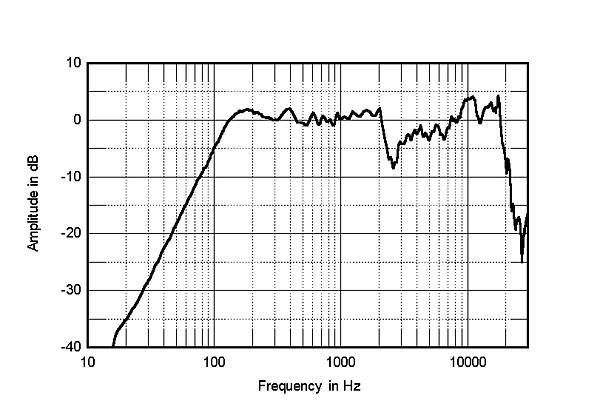
Fig.4 Atlantic 251LR, anechoic response on tweeter axis at 50" averaged across 30° horizontal window and corrected for microphone response, with nearfield woofer response below 300Hz.
Fig.5 shows the measured behavior of the 252PBM subwoofer set to its 120Hz crossover frequency. The trace with the notch at 37Hz is the nearfield response of the 12" drive-unit, the notch indicating the tuning frequency of the reflex port. The port output itself is revealed by the trace that broadly peaks between 20Hz and 80Hz, rolling off above and below that region. The complex sum of the woofer and port responses (amplitudes vector-summed according to the dictates of the phase responses) is shown as the top trace—the one that peaks between 60Hz and 100Hz. The overall low-frequency response is 12dB down at the port-tuning frequency of 37Hz—this is definitely a woofer rather than a subwoofer—but the proximity of the port and woofer to the floor will extend the bass downward somewhat.
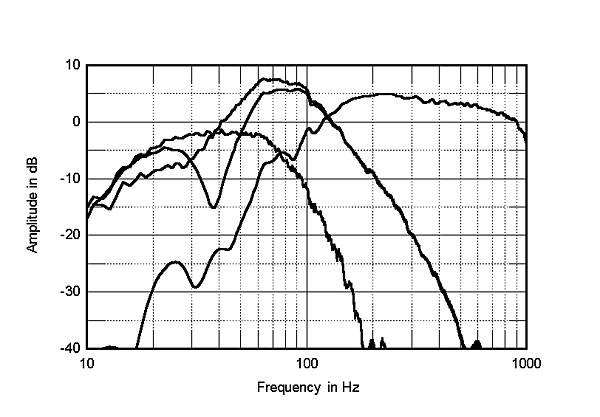
Fig.5 Atlantic 252PBM, nearfield responses of (from top to bottom at 100Hz): complex sum of woofer and port responses; 252 woofer; 251LR woofer driven from 252 high-pass outputs; and 252 port.
To the right of fig.5 is shown the nearfield response of a 251LR satellite when driven from the 252's active high-pass output (ignore the bumps in the response below 40Hz). The 251LR now rolls out below 160Hz, crossing over to the subwoofer at the specified 120Hz. However, as JGH points out, if this subwoofer/satellite combination is driven from a THX receiver/processor's filtered outputs or if the 252's 80Hz crossover is used, the result will be doubled crossover slopes in the first case, or a lack of energy in the upper bass in the second—either of which will make system integration difficult. The Atlantic surround speaker system should therefore be driven from your receiver's full-range loudspeaker outputs.
The 253C center-speaker's response is shown in fig.6 with its tone controls set to the "251" matching settings. As can be seen from the graph, this results in the 253C having a similar lack of crossover-region energy. But as the graph (fig.7) showing the action of the controls set to their maximum and minimum positions reveals, the 253C can be set to have a flat response through this frequency region.
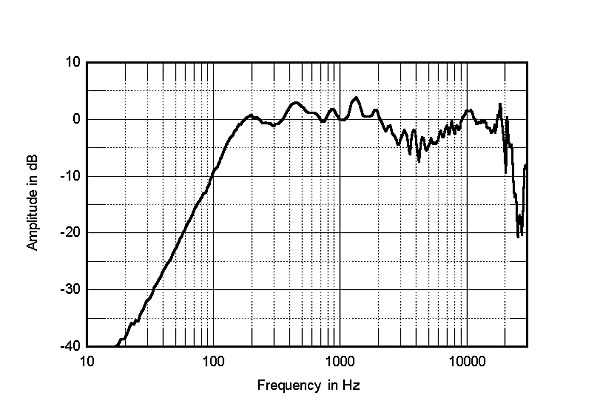
Fig.6 Atlantic 253C, anechoic response on tweeter axis at 50" averaged across 30° horizontal window and corrected for microphone response, with nearfield woofer response below 300Hz.
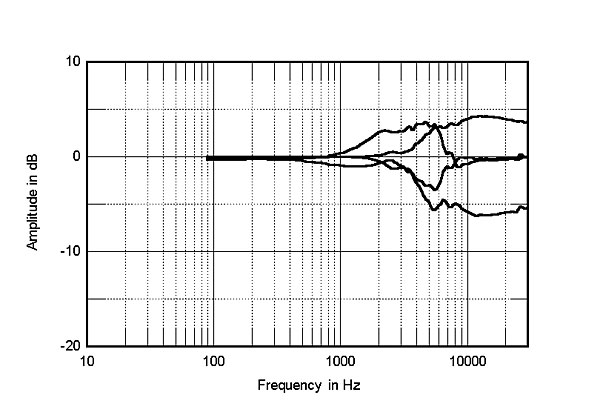
Fig.7 Atlantic 253C, effect of MF and HF tone controls set to maximum and minimum positions, ref. the "251" setting (5dB/vertical division).
The metal-mesh speaker grilles have a relatively small area of transmission, resulting in quite a significant effect on the measured response. The graphs in figs.4 and 6 were taken with the speaker grilles removed. The effect of the grille on the measured response of the 253C center speaker is shown in fig.8. Reflections of the sound from the back of the grille result in significant "comb filtering," as revealed by the series of response peaks and dips above 2kHz.
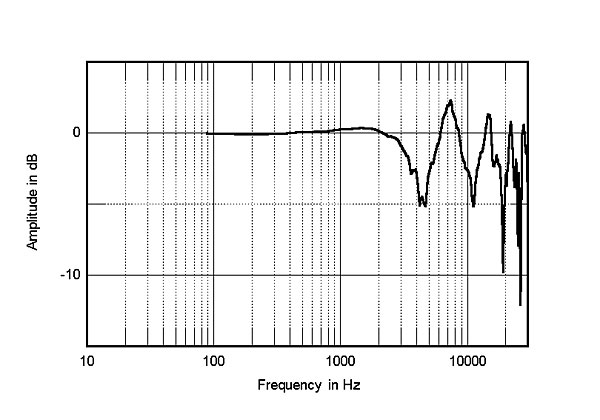
Fig.8 Atlantic 253C, effect of grille on response assuming a flat overall response (5dB/vertical division).
Fig.9 shows the 254SR surround speaker's response averaged across a 30° horizontal window centered on the woofer axis. It peaks up sharply just below 200Hz, due to the woofer and two midranges all rolling out below the same approximate frequency (though the midrange units have a steeper slope). Although there is also no top-octave response worth speaking about, this is not important for ambience speakers. It would be a factor if this system were to be used in a 5.1-channel surround system, however. As expected from its design, most of the surround speaker's output is to the sides of the central axis, ensuring that the listener hears very little direct sound from the unit. This is shown in fig.10.
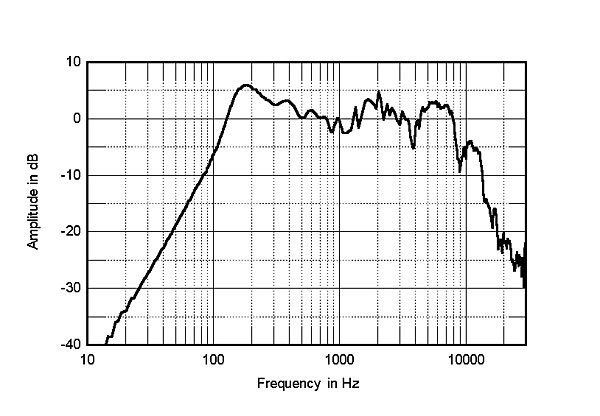
Fig.9 Atlantic 254SR, anechoic response on woofer axis at 50" averaged across 30° horizontal window and corrected for microphone response, with complex sum of nearfield woofer and midrange responses below 300Hz.
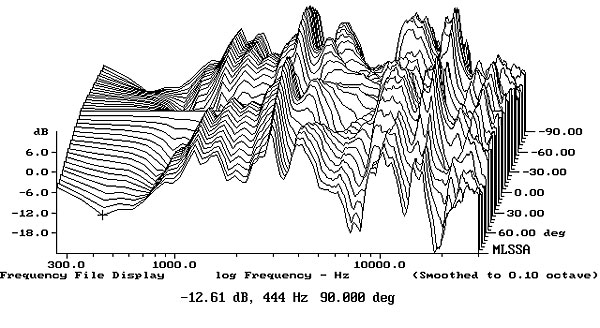
Fig.10 Atlantic 254SR, horizontal response family at 50", normalized to response on woofer axis, from back to front: differences in response 90°–5° off-axis; reference response; differences in response 5°–90° off-axis.
By contrast, the 251LR speaker (fig.11) has superbly even lateral dispersion. The crossover notch can also be seen to fill-in somewhat off-axis, which is probably why JGH wasn't bothered by its presence. Vertically, however, the 251LR features the interference effects dictated by its dual-woofer design (fig.12). While this increases the speaker's vertical directivity somewhat in accord with the dictates of the THX standard, it does mean using stands of exactly the correct height to bring the tweeters to ear level.
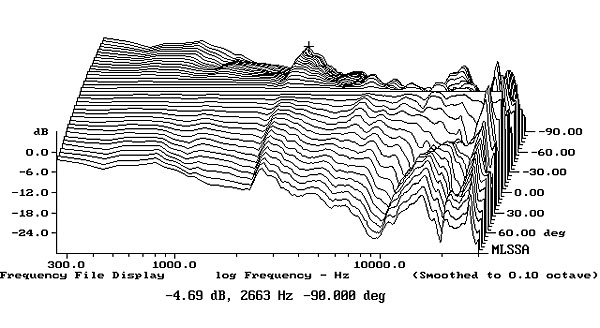
Fig.11 Atlantic 251LR, horizontal response family at 50", normalized to response on tweeter axis, from back to front: differences in response 90°–5° off-axis; reference response; differences in response 5°–90° off-axis.
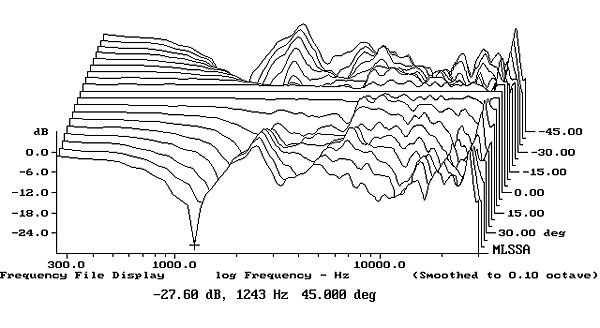
Fig.12 Atlantic 251LR, vertical response family at 50", normalized to response on tweeter axis, from back to front: differences in response 45°–5° above tweeter axis; reference response; differences in response 5°–45° below tweeter axis.
As the 253C center speaker very much resembles a 251LR on its side, it comes as no surprise that its horizontal dispersion (fig.13) resembles the side speaker's vertical behavior. You'll need pretty much to sit directly in front of the Atlantic center speaker, or at least within a 30° angle, to get the least-colored balance. The 253C, however, features very wide vertical dispersion (fig.14)—as expected from its very shallow baffle.
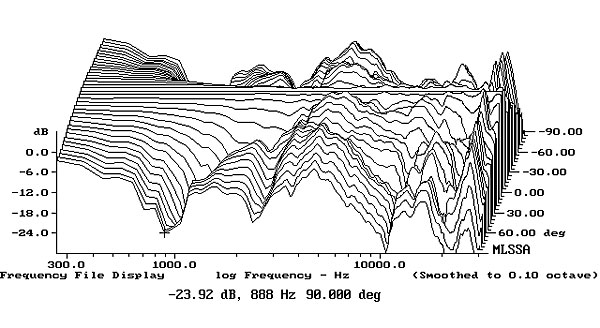
Fig.13 Atlantic 253C, horizontal response family at 50", normalized to response on tweeter axis, from back to front: differences in response 90°–5° off-axis; reference response; differences in response 5°–90° off-axis.
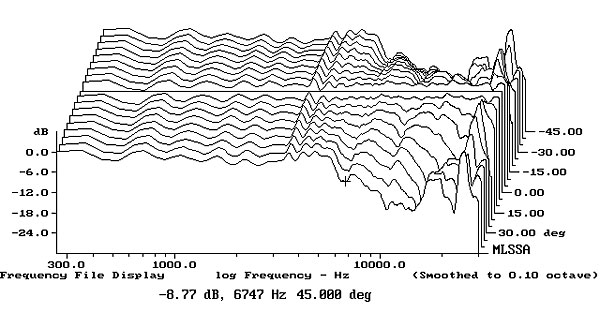
Fig.14 Atlantic 253C, vertical response family at 50", normalized to response on tweeter axis, from back to front: differences in response 45°–5° above tweeter axis; reference response; differences in response 5°–45° below tweeter axis.
In the time domain, the step responses for the 251LR (fig.15) and 253C (fig.16) are reasonably similar—apart from the important fact that the center speaker's tweeter and woofer are connected in-phase, while the side speaker has the tweeter connected in inverse polarity. This is indicated by the negative-going spike at the left of fig.15. In two speakers that are physically so similar, and which are intended to sound the same, this is strange. Note that the 253C's step response is marred by strong reflections between 1.5ms and 2ms after the initial wavefront.
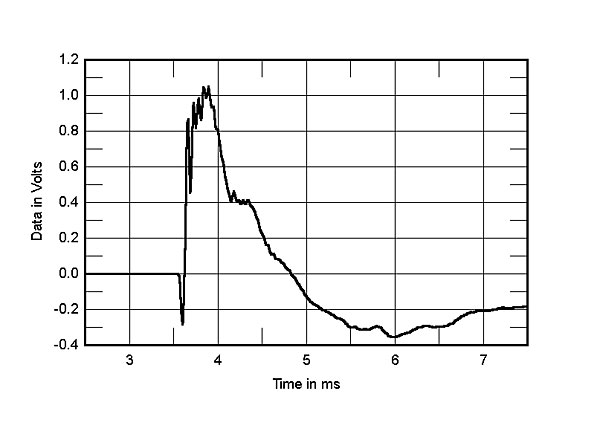
Fig.15 Atlantic 251LR, step response on tweeter axis at 50" (5ms time window, 30kHz bandwidth).
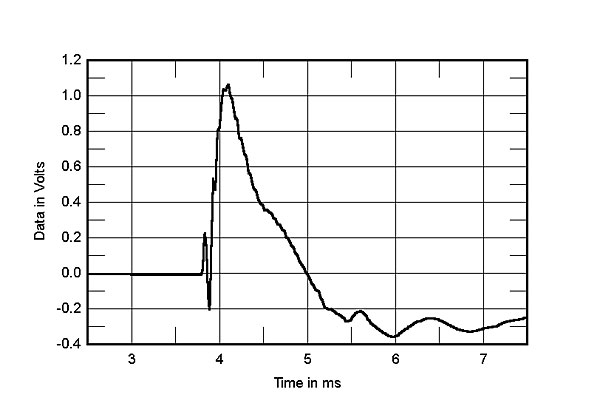
Fig.16 Atlantic 253C, step response on tweeter axis at 50" (5ms time window, 30kHz bandwidth).
Finally, the cumulative spectral-decay, or waterfall, plots for the 251LR and 253C loudspeakers (figs.17 and 18) reveal pretty clean initial decays. The 251 has a resonant ridge just below the crossover notch—maybe the designer arranged for this notch to reduce the overall energy in the region of the resonance to minimize its audibility—while the 253 has a similar resonance almost an octave lower in frequency.
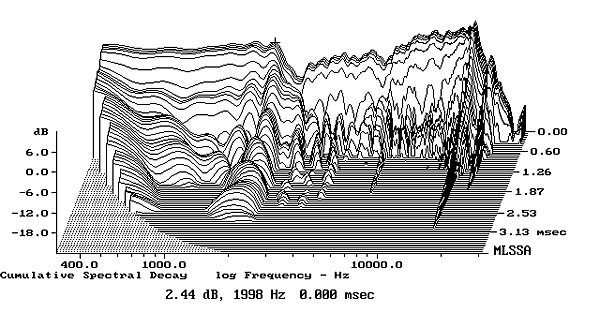
Fig.17 Atlantic 251LR, cumulative spectral-decay plot at 50" (0.15ms risetime).
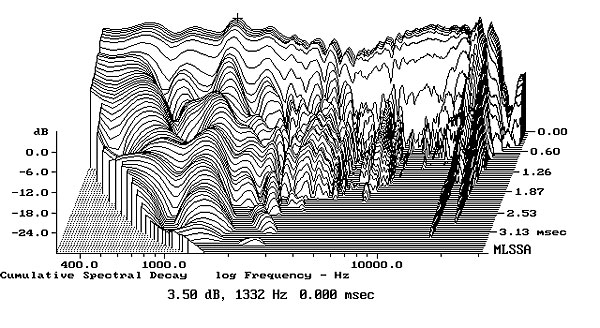
Fig.18 Atlantic 253C, cumulative spectral-decay plot at 50" (0.15ms risetime).
All things considered, this is not a bad set of measurements for a five-speaker-plus-active-subwoofer system that retails for less than $1500.—John Atkinson
Footnote 1: Other than impedance, all measurements were made with the DRA Labs MLSSA system and a calibrated B&K 4006 microphone.
- Log in or register to post comments




































